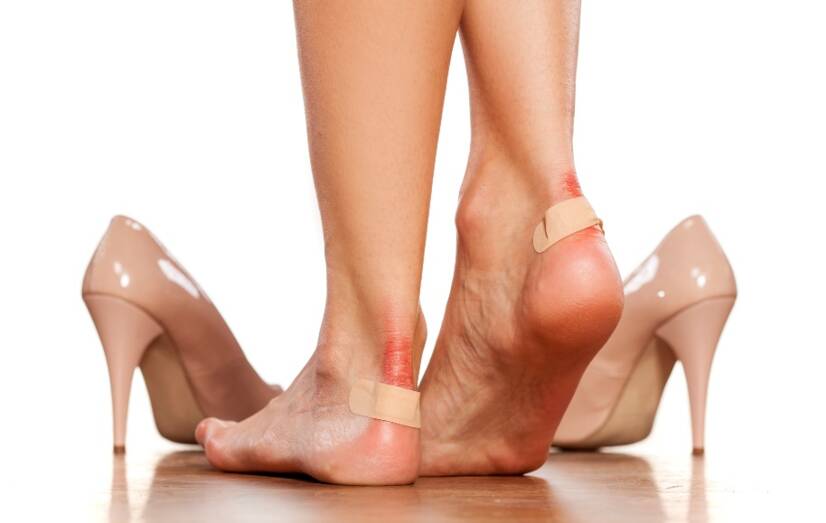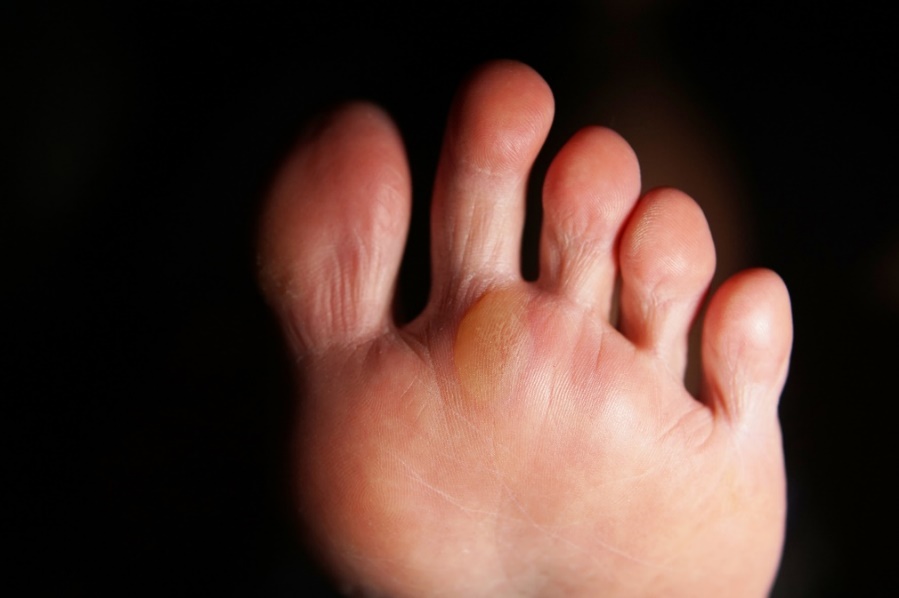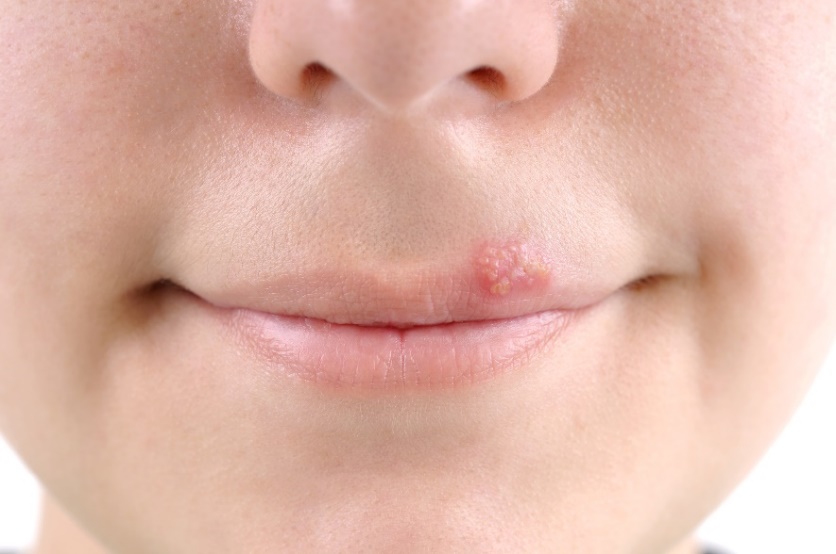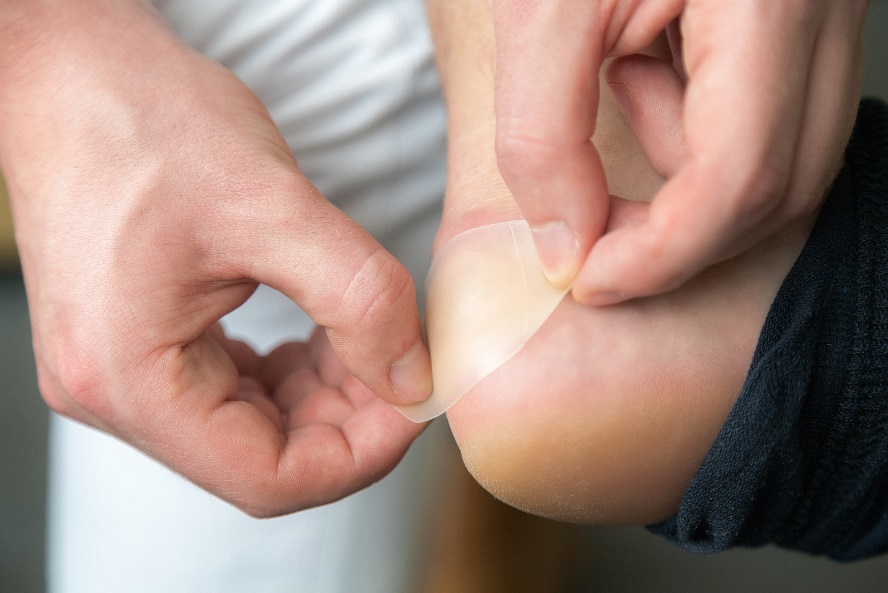- internimedicina.cz - Treatment of recurrent clinical manifestations of herpetic infections. Internal medicine. doc. MUDr. Michal Holub, Ph.D.
- healthline.com - Foot blisters: What you should know. Healthline. Sarah Taylor, M.D., FAAD
- praktickelekarenstvi.cz - Treatment of minor injuries. Practical medicine. Markéta Koutná
- medicalnewstoday.com - Where do blisters come from? Medical News Today. Tim Newman
Blisters: why do they form? Help and treatment - can it be punctured?

Almost everyone experiences a blister in life. The most common type of blisters are blisters caused by friction and mechanical damage. Blisters can also arise as a result of various diseases. What health problems are manifested by a blister? How to treat it correctly?
Causes of formation, treatment, first aid, prevention and much more interesting information can be found in the article.
How does a blister form?
A blister is an injury in which part of the skin has separated (shifted) from the deeper layer of skin. A cavity filled with tissue inflammatory effusion has formed between the layers of skin.
If the top layer is torn away from the lower layers, fluid begins to ooze out as part of the tissue damage. The fluid fills the resulting space. Subsequently, a hollow blister forms.
Blisters may have different fillings depending on the aetiology of their formation: tissue fluid, blood plasma, blood or pus.
A blister formed as a result of friction is a defensive reaction of the body against further damage. By forming a blister, the body tries to contain the damaged part of the tissue and prevent further disruption of the surrounding area.
The fluid inside the blister promotes regeneration of the local tissues.
Approximately two days after the blister has formed, a new layer of skin can be observed on the skin. Along with the growth of new skin cells, the fluid from the blister is absorbed. The blister then disappears on its own.
Blisters on the feet or hands are often caused by physical stress. The layers of skin are in close proximity to nerve endings and therefore blisters on the feet and hands can be painful.
Blisters can also be a symptom of diseases other than skin diseases. They can also be the result of an allergic reaction, burns, insect bites and more.

Classification and causes of blisters
Friction and injury
Blisters are often caused by repeated friction of the skin. Most commonly on the hands and feet. When friction is applied, the skin eventually tears. The friction and pressure may not be felt much at first.
If there is an injury, for example a pinch of the skin, small local blood vessels rupture. Slight bleeding may occur. If blood gets under the torn part of the skin, a blister filled with blood will form.
Temperature fluctuations
Blistering can also occur when the skin is exposed to extreme temperatures. High temperatures can cause burns. Conversely, low temperatures below freezing can cause frostbite.
In first-degree burns, blisters form several days after the burn. In second- and third-degree burns, characteristic blisters form immediately.
Effect of chemicals and preparations
In some cases, blisters form as a result of exposure to chemicals. This is an allergic reaction of the skin to irritation from strong chemicals (alkalis and acids).
Examples are some solvents and degreasers, nickel, mercury, formaldehyde, insecticides, coal tar, tar, insect poison or various military gases.
Blisters as a symptom of disease
Blisters can be a symptom of various diseases, not only skin diseases.
Blisters are present as part of the symptoms of several infectious diseases. Examples are the worldwide viral infection herpes simplex virus or varicella causing chicken pox and shingles.
Chickenpox is characterised by the appearance of small blisters. A rash over the body, fever and itchy skin are typical.
Cold sores (herpes) are caused by herpes viruses. They appear as small blisters filled with clear fluid. The blisters may appear not only on the surface of the skin but also on the mucous membranes of the body, such as the tonsils, mouth, lips or intimate areas.
Impetigo is a skin infectious disease of bacterial origin caused by Staphylococcus aureus or Streptococcus pyogenes. The basic manifestation is the formation of purulent blisters. It most often affects individuals of childhood.
Eczema is a group of skin diseases which, in addition to blisters, are manifested by dryness, peeling of the skin and the formation of scales. Another example is atopic dermatitis.
Autoimmune and skin diseases associated with blistering are dyshidrosis, pemphigus, pemphigoid, bullous epidermolysis bullosa (butterfly wing disease) and others.

Treatment and first aid for blisters
For blisters caused by skin or infectious diseases, allergic reactions, burns or chemical damage, professional medical treatment is necessary.
Self-treatment and home treatment are possible for common blisters caused by friction. If you are unsure of the origin of the blisters, always see a doctor beforehand.
Forced scraping of blisters is not recommended.
The blister provides protection against infection of deeper tissues. If this protective barrier is forcibly removed before the blister has fully healed, the healing process may be prolonged and the risk of infection transmission increased.
The most appropriate way to treat blisters is to cover them with a suitable plaster or to have them professionally punctured and treated.
When a blister breaks spontaneously, do not immediately remove the top part of the dead skin. First, let the fluid drain out, wash the area with warm water and disinfect it.
Once you decide to puncture the blister, always proceed carefully and slowly. Do not puncture the blister immediately after it has formed. A broken blister requires the same care as any wound.
If a blister is punctured and not treated, the risk of transmission of infection from the outside environment increases.
Procedure for puncturing and treating a blister:
- Wash and disinfect your hands thoroughly.
- Wash the blister and surrounding area with an antibacterial product.
- Sterilise the needle in alcohol. A shallow puncture is sufficient.
- Squeeze all the fluid out of the blister non-violently.
- The dead skin can be carefully removed (do not rub it).
- After puncturing, treat the blister with a skin disinfectant.
- Gently dry the site with sterile gauze/tampon.
- Apply a special blister plaster (leucoplast) with a soft circle in the middle to the affected area.
- If you do not have such a patch, cover the blister with a sterile dressing or gauze.
How do I know if a blister is infected?
If the necessary treatment of the blister has not been carried out or if dirt has got into the wound, the blister and its surroundings may become inflamed. If the symptoms worsen, see a doctor.
Symptoms of inflammation:
- The area around the blister is markedly red and swollen.
- The blister and surrounding area are painful to the touch.
- There is purulent fluid in or oozing from the blister.
- Elevated body temperature, fever, chills.
If you suffer from diabetes mellitus, take special care of the blisters. Blisters are harder to heal. If you don't take enough care, they can become inflamed, infected and even grow into a chronic wound.
How to speed up the healing process of a blister?
Cover the blister with a layer of gel (cream for treating skin wounds, scalds or to promote skin healing) and cover it with a film. The blister is thus protected from infection and heals a little faster.
Special hydrocolloid plasters are suitable. They provide protection, speed up healing and contain a hydrogel that absorbs wound ooze.

What is the prevention of blisters?
It is better to treat the prone areas before a blister fully forms on the site and causes subsequent problems.
When you start to feel uncomfortable pressure, stop and treat the area as a precaution. If it is on the feet, take off your shoes and use friction protection (e.g. a patch with a soft centre).
Try to keep your feet as dry as possible, especially on warm days. Change your socks regularly when hiking or walking. Socks should be made of natural materials that absorb moisture better.
Shoes should not be too hard or tight. Shoes with ventilation are suitable. If shoes put pressure on the heel or forefoot, pad them with special insoles or gel pads. Insoles and pads absorb shock and pressure on problem areas.
Blisters on the hands are especially common in physically working people and athletes. It is advisable to use protective equipment such as gloves, special tape or chalk magnesium powder when using various tools or sports equipment.
Diseases with symptom "Blisters"
Herbs used forBlisters
Interesting resources
Related










